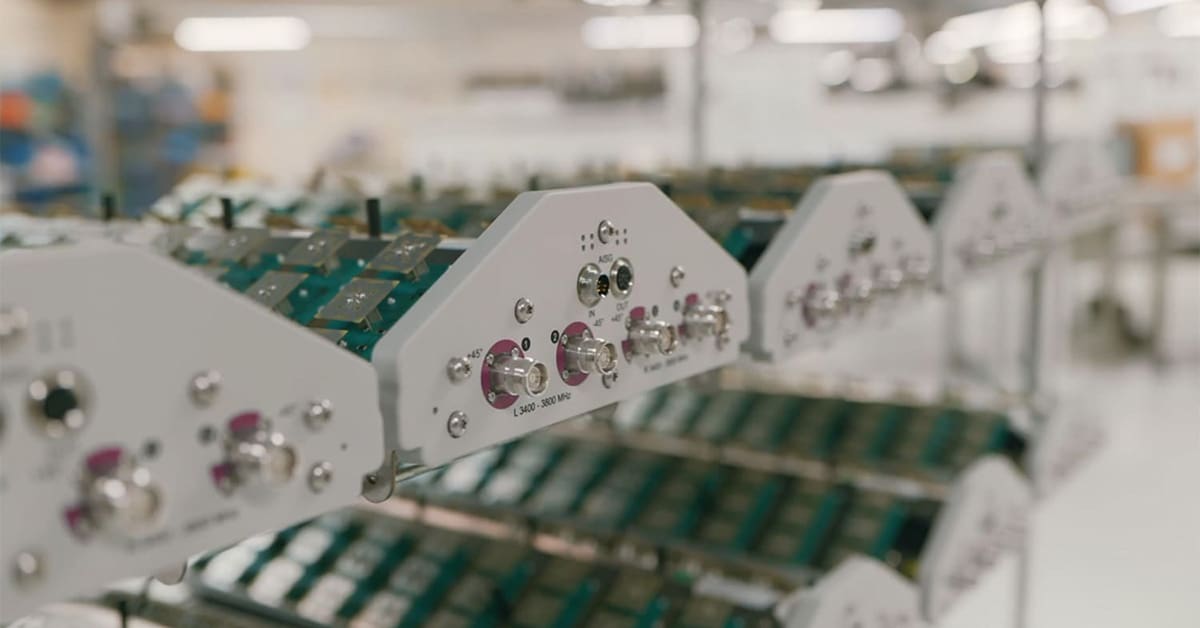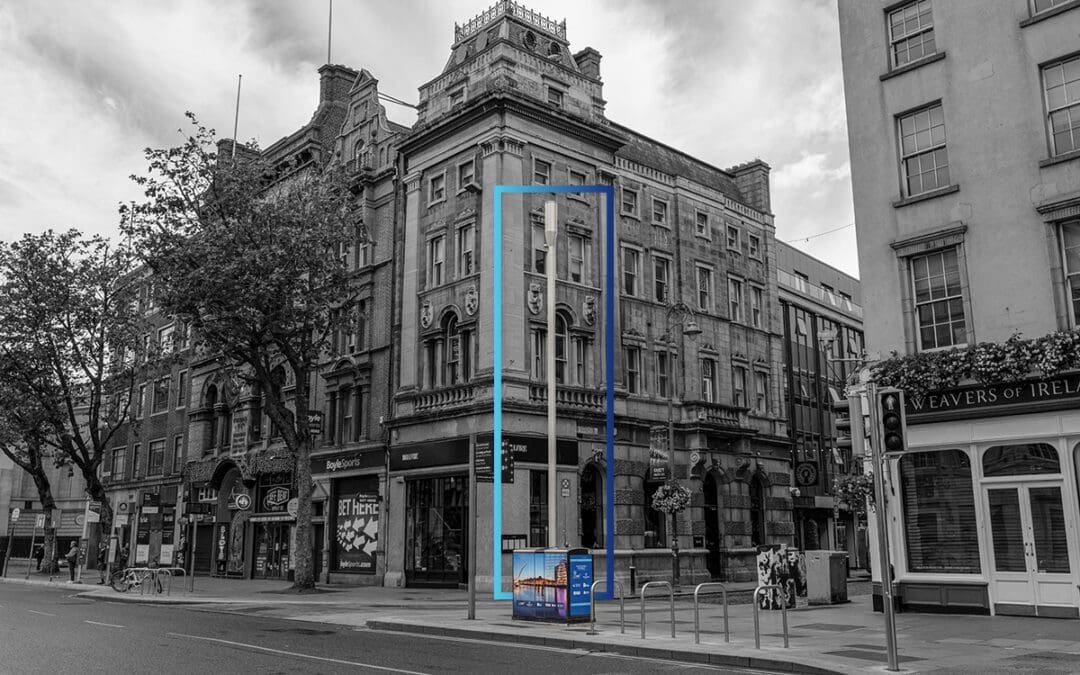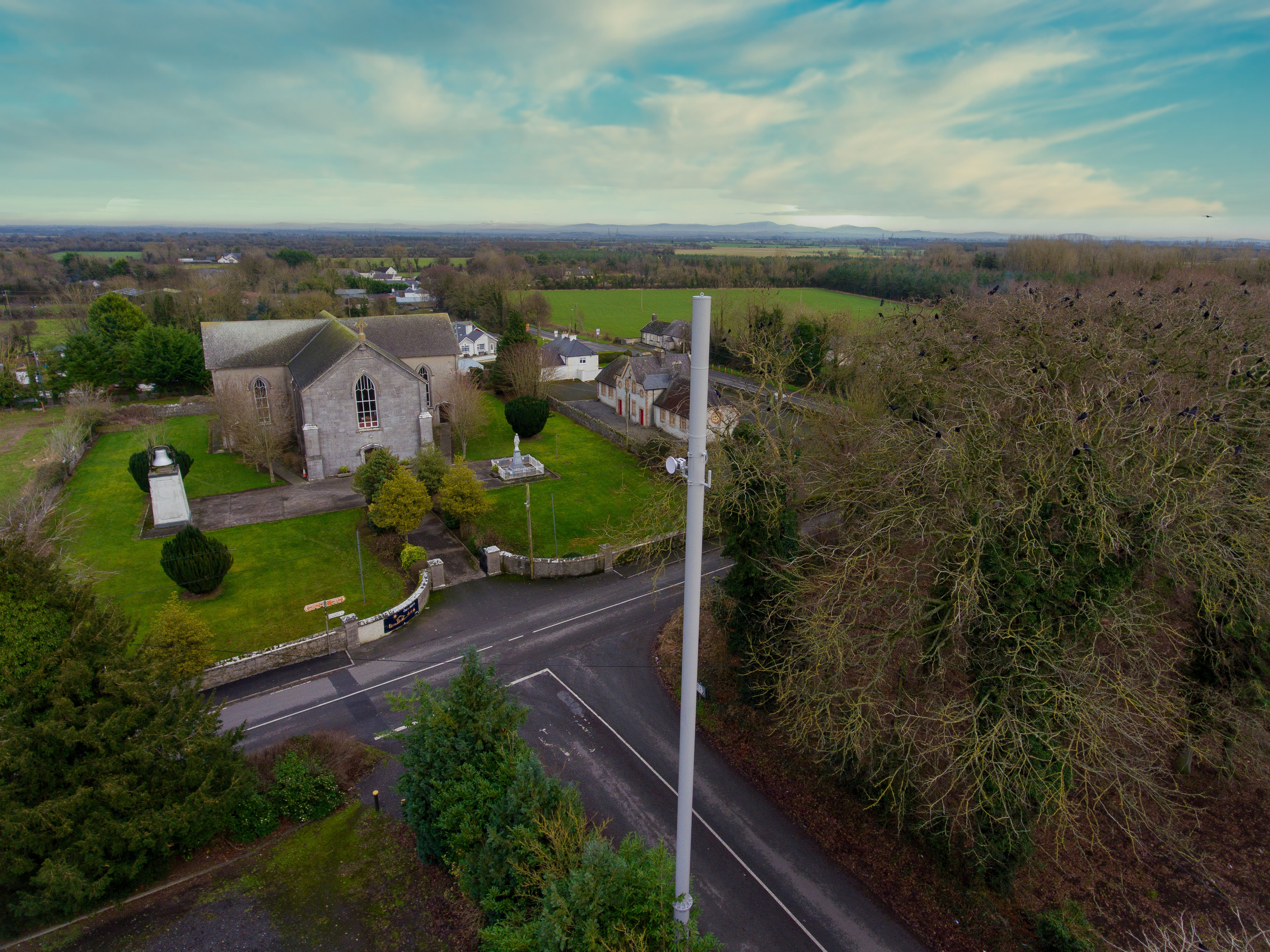Transforming Telecom Solutions

Telecom Streetworks Solutions
Leading provider of turnkey hardware solutions for streetworks

Bespoke Antenna Solutions
Innovative panel antenna solutions for FWA and Private Networks
Our Customers and Partners
Bringing High-speed Broadband to America’s Heartland
NextLink Internet is working to close the digital divide across the American Midwest. The internet service provider has deployed a large-scale FTTx and fixed wireless private LTE network using its $28.4 million investment in Citizens Broadband Radio Service (CBRS) spectrum. NextLink wanted to reduce the costs of rural broadband
Closing the Digital Divide with High-performance Broadband
Imagine Communications is providing broadband in the most remote areas of rural Ireland. Because customers are spread out, the company needed to optimize its fixed-wireless access (FWA) network. Imagine implemented a soft split feature, but performance was less than targeted due to side lobe interference issues. To resolve these
Alpha Wireless develops the right antennas to solve the right problems for Irby Co. Utilities.
Irby Co. and Alpha Wireless first started working together in 2017. Irby Co. is an electrical distributor of electrical supplies and services based in Jackson, Mississippi, US. Their customers include industrial, commercial, contractor, and utility businesses. Irby Co. Utilities services over 650 electric utilities and delivers technology communications for
How to Deploy a Private 5G Network Fit For a King
The highly anticipated Coronation of King Charles III was a momentous event, and the entire world wanted a front-row seat. Together, Alpha Wireless and Neutral Wireless delivered robust, uninterrupted connectivity across the entire royal procession route with the world’s largest temporary private 5G network for broadcast deployed to date,
Smart Streetworks Project Streamlines 5G Expansion
Smart city innovators demonstrated how operators can effectively densify their networks while empowering municipalities to offer improved services for residents, visitors and businesses in Dublin. The Connected City Infrastructure project worked with Alpha Wireless and Bigbelly to help clean up 5G deployments with a telecoms-enabled waste and recycling enclosure
Alpha Wireless Antennas Connect Australia
Maser Technology Group is proud to be working with Alpha Wireless to supply multiband antenna technology. Alpha Wireless’s essential antenna innovations power the nbn Fixed Wireless and Satellite Upgrade Program, a $750 million investment in the Australian fixed wireless network. Meet the Players The Commonwealth of Australia established nbn
Alpha Wireless and Bigbelly Team Up to Boost 5G Scalability
Alpha Wireless to Offer Integrated Antenna and Telebelly Smart Telecom Enclosure Platform to Streamline Network Densification
Avista Case Study: Empowering Utilities to Quickly and Easily Offer Broadband Services
Avista Edge™ technology and services enables electric utilities and municipalities to deliver high-speed internet services to rural and suburban communities, bridging the digital divide. Avista Edge turned to Alpha Wireless to design and develop an innovative, multi-directional antenna array for its 5G fixed wireless access (FWA) network.
Maximizing Performance using 3.5 GHz Fixed Wireless Broadband — Three Global Case Studies
Building a 3.5 GHz fixed-wireless network is a smart decision. It’s less expensive than wireline to install, it cost-effectively supports booming consumer demand for capacity, and government funding can make the business case even more attractive. Yet new technology comes with a learning curve. Operators in Australia, Canada and Ireland
Cellnex Telecom Taps Alpha Wireless to Speed 5G to Market
PORTLAOISE, Ireland — March 29, 2022 — Alpha Wireless, a global leader in antenna solutions, today announced that neutral site operator Cellnex Telecom has deployed Alpha Wireless tri-sector canister antennas throughout Ireland to meet the demands of their customer network rollouts, reducing the time and expense of building out
Bringing High-speed Broadband to America’s Heartland
NextLink Internet is working to close the digital divide across the American Midwest. The internet service provider has deployed a large-scale FTTx and fixed wireless private LTE network using its $28.4 million investment in Citizens Broadband Radio Service (CBRS) spectrum. NextLink wanted to reduce the costs of rural broadband
Closing the Digital Divide with High-performance Broadband
Imagine Communications is providing broadband in the most remote areas of rural Ireland. Because customers are spread out, the company needed to optimize its fixed-wireless access (FWA) network. Imagine implemented a soft split feature, but performance was less than targeted due to side lobe interference issues. To resolve these
Alpha Wireless develops the right antennas to solve the right problems for Irby Co. Utilities.
Irby Co. and Alpha Wireless first started working together in 2017. Irby Co. is an electrical distributor of electrical supplies and services based in Jackson, Mississippi, US. Their customers include industrial, commercial, contractor, and utility businesses. Irby Co. Utilities services over 650 electric utilities and delivers technology communications for
How to Deploy a Private 5G Network Fit For a King
The highly anticipated Coronation of King Charles III was a momentous event, and the entire world wanted a front-row seat. Together, Alpha Wireless and Neutral Wireless delivered robust, uninterrupted connectivity across the entire royal procession route with the world’s largest temporary private 5G network for broadcast deployed to date,
Smart Streetworks Project Streamlines 5G Expansion
Smart city innovators demonstrated how operators can effectively densify their networks while empowering municipalities to offer improved services for residents, visitors and businesses in Dublin. The Connected City Infrastructure project worked with Alpha Wireless and Bigbelly to help clean up 5G deployments with a telecoms-enabled waste and recycling enclosure
Alpha Wireless Antennas Connect Australia
Maser Technology Group is proud to be working with Alpha Wireless to supply multiband antenna technology. Alpha Wireless’s essential antenna innovations power the nbn Fixed Wireless and Satellite Upgrade Program, a $750 million investment in the Australian fixed wireless network. Meet the Players The Commonwealth of Australia established nbn
Talk to Our Antenna Experts
We are here to answer any questions you may have about our products.
Get in touch and we’ll respond as soon as possible.










